Krypton 85
Krypton-85 is a radioactive isotope of Krypton. It is primarily used in High Intensity Discharge lamps as well as in HMI film lights.
Krypton-85 Identification
The CAS Registry Number for this radioactive isotope is 13983-27-2.
Krypton-85 Nucleus
There are 49 Neutrons and 36 Protons in the Krypton-85 isotope.
Krypton-85 Symbol
The symbol denoting Krypton-85 is written as 85Kr.
Krypton-85 Production
Krypton-85 is a radioactive gas found in small quantities in the atmosphere. It is naturally produced when stable Krypton-84 reacts with the incoming cosmic rays. Almost 1 cm3 of Krypton-84 is present in per cubic meter of atmosphere. Atmospheric Krypton-85 is mostly produced by volcanoes, earthquakes, nuclear power plants and nuclear explosions.
Since mid-1940s, much greater quantities of Krypton-85 than that found in nature have been manufactured as a byproduct of nuclear fission. When Uranium-235 or some other fissile nucleus goes through a fissile reaction, it gets split into two portions or fragments having 2 or 3 neutrons and mass numbers between 90 and 140. The fission yield of Krypton-85 is around 0.3%; i.e., approximately 3 atoms of Krypton-85 are generated per 1000 fissions. Most of the mass of Krypton-85 is converted directly to Rubidium-85 and do not go through the long standing state of nuclear isomer.
Krypton-85 Properties
The various physical and chemical properties of Krypton-85 are represented below:
Appearance
It is a colorless noble gas.
Odor
This gas does not have any characteristic odor.
Atomic Number
The atomic number of Krypton-85 is 36.
Mass Number
The mass number of Krypton-85 is 85.
Isotope Mass
The Isotope mass of Krypton-85 is 84.9125273(21) u.
Mass Excess
In nuclear science, the mass excess of a substance is the difference between the actual mass and the mass number of the substance in atomic mass units. The mass excess of Krypton-85 is -81.480267 MeV (megaelectronvolts).
Decay Mode
Krypton-85 decays through emission of beta particles.
Decay Energy
Energy released by Krypton-85 during decomposition is 0.687 MeV (megaelectronvolts).
Q Value
In nuclear chemistry, the Q value for a specific nuclear reaction represents the total amount of energy which is released by that specific reaction. The Q Value of Krypton-85 is 687.06 keV (kiloelectronvolts).
Gas Density
The gas density of Krypton-85 at a temperature of 21.1°C is 0.2172 lb/ft3 (3.479 kg/m3).
Boiling Point
The boiling point of Krypton-85 is -153.4°C.
Freezing Point
The freezing point of Krypton-85 is -157°C.
Critical Pressure
The critical pressure of Krypton-85 is 798.0 psia (5502 kPa abs).
Daughter Nuclide
Rubidium-85 is produced as a daughter nuclide when Kr-85 undergoes decomposition.
Magnetic Dipole Moment
The magnetic dipole moment of Krypton-85 is 1 μN.
Spin Parity
Spin parity of Krypton-85 is represented as Jπ = 9/2+ (atomic fermion).
Binding Energy
Binding energy per nucleon of Krypton-85 is 8.698562 MeV.
Specific Activity
The specific activity SA of Krypton-85 is 14.526 TBq/g (terabecquerels per gram).
Specific Volume
The specific volume of Krypton-85 at a temperature of 21.1°C is 4.604 ft3/lb (0.287 m3/kg).
Specific Gravity
The specific gravity of Krypton-85 at a temperature of 21.1°C is 2.899.
Electric Quadrupole Moment
The electric quadrupole moment of Krypton-85 is 0.433 eb (electron barns).
Lifetime
The total lifetime of Krypton-85 is 15.482 years.
Krypton-85 Half-Life
In radioactivity, half-life is the time taken by a specific amount of a radioactive substance that undergoes decomposition to be decreased by half. The half-life for Krypton-85 is 10.756 years.
Krypton-85 Radioactive Decay
The unstable nucleus of Krypton-85 undergoes decay to form the stable compound Rubidium-85. The most common form of decay undergone by Krypton-85 is by the emission of beta particles with a maximum energy release of 687 keV and an average energy release of 251 keV. This occurs with a frequency of almost 99.57%. The second most common form of decomposition occurring with a frequency of almost 0.43% also involves beta particle emission; the maximum energy released in this case is 173 keV. The third most common method of decomposition is through gamma ray emission. Energy released during gamma ray emission is around 514 keV.
Krypton-85 Uses
The various common uses of Krypton-85 are listed below:
- Krypton-85 is frequently used for lighting purposes. The gaseous substance is used in arc discharge lamps for HMI film lights which are prevalently used in the entertainment industry. Krypton-85 is also used in the manufacturing of High Intensity Discharge lamps required for outdoor lighting. The discharge tubes of lamps are filled with Krypton-85 which acts as an easily ignitable fuel.
- Trace amounts of Krypton-85 are used in the sealed spark gap assemblies of ignition excitors which are utilized in some older jet engines or turbines for obtaining uniform operation and consistent ionization levels.
- Krypton-85 was used in the electron tubes of cold-cathode voltage regulator. A known example is the type 5651.
- Krypton-85 is also used while inspecting the components of an aircraft for small defects. The gaseous substance is passed through the small cracks that might be present in aircraft components which are then detected by autoradiography. This procedure is known as “krypton gas penetrant imaging”. In this way cracks and damages in the aircraft gets detected. Krypton-85 gas is capable of passing through smaller openings and pores unlike the liquids that are used in fluorescent penetrant inspection and dye penetrant inspection.
- The gaseous substance Krypton-85 is utilized to detect cracks and leaks in pipes and semiconductors.
Krypton 85 in the Atmosphere
Between 1945 and 1962, almost 5 megacuries (190 PBq) of Krypton-85 got released in the atmosphere due to the several nuclear weapons tests that were carried on during this time. Nuclear accidents over the years also play a major role behind the presence of atmospheric Krypton-85. The Three Mile Island nuclear power plant accident in 1979 released around 50 kilocuries (1,900 TBq) of Krypton-85. The Chernobyl accident in 1986 released almost 5 megacuries (190 PBq) of Kr-85. The concentration levels of Krypton-85 in the atmosphere intensified around 1970, reaching around 10 pCi/m3 (around 0.4 Bq/m3). From that time onwards the atmospheric presence of Krypton-85 has sharply declined, mainly due to the combination of factors such as reducing the production of Plutonium, the ending or stopping of nuclear weapon tests and the short half life of the radioactive isotope.
A large nuclear power plant can produce nearly 300 kilocuries (11,000 TBq) of Krypton-85 in a year; the entire portion or at least the majority of it gets stored in the spent nuclear fuel rods. Nuclear reprocessing causes dissolution of the spent fuel which releases Krypton-85 in the atmosphere. The substance can also be stored as nuclear waste.
Krypton-85 Material Safety Data Sheet (MSDS)
Health Hazards
Krypton-85 is a radioactive isotope and although there may be small traces of this gas present in the atmosphere, a direct exposure to significant quantities of this gas can be hazardous to health. The substance radiates beta and gamma particles which can cause damaging of tissues on direct contact with the physical body. The principal way in which radiation poisoning can occur is through the inhalation of this gas. The gas is a noted asphyxiating agent and inhaling Krypton-85 can lead to serious breathing problems, mental failure, loss of consciousness, aggravate already existing problems of the heart, lungs or the circulatory system, decrease the ability to move or perform various regular tasks, impair coordination, convulsions or even death.
When the skin is exposed to this substance it can cause frostbite. The notable symptoms of frostbite include changing of skin color to grayish-yellow or white. Severe mechanical injury may be caused by chronic exposure to this gas. The substance is also considered to be a potential carcinogen according to some sources and exposure to it should be kept at a minimum level under all circumstances.
First aid measures
Eye Contact: If the eyes come in contact with the substance, the eyes should be covered with a bandage and immediate medical attention is required to ensure further safety.
Ingestion: It is highly unlikely that a person can get exposed to Krypton-85 through ingestion.
Inhalation: The victims should be immediately moved to an area of fresh air. If the victim exhibits signs of oxygen deprivation, oxygen supply or cardio-pulmonary resuscitation should be administered by trained personnel.
Skin Contact: The areas infected by frostbite should be washed with warm water. However, it is important that the water should be warm and not hot. In case warm water is unavailable, the affected areas should be wrapped gently using bandages or blankets. A dermatologist is to be consulted to ensure further skin safety.
Fire fighting measures
Krypton-85 is a non-flammable, inert gas. However, containers storing the gas might burst when exposed to heat. While dealing with fires involving Krypton-85, firefighters should wear adequate equipments of personal protection.
Accidental release measures
If there is a leak, the operator in charge should close the source of the gas immediately to avoid further damage. The room should be evacuated and no one should be allowed to enter unless it is considered safe to do so. To check if the leaked material has dissipated, Geiger-Mueller Detector should be used. An oxygen monitor should be used to check the oxygen level of the room.
Handling
Since this is a radioactive substance, the workers or employees involved in dealing with this chemical should have the required training to deal with radioactive materials. The cylinders storing the chemical should be checked regularly for leakages and corrosions.
Storage
The cylinders storing the chemical should be stored upright. They should be firmly secured so that they do not fall over or break at any point. The areas storing the cylinders should be dry and well ventilated. The temperature should be kept below 52°C.
Krypton-85 is a valuable radioactive isotope with many industrial and commercial uses.
- References
- http://hiq.linde-gas.com/en/images/Rare%20Gas%20Krypton-85_tcm899-90088.pdf
- http://en.wikipedia.org/wiki/Krypton-85
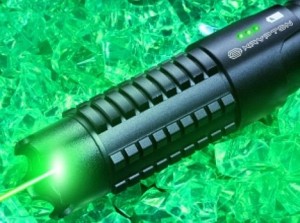
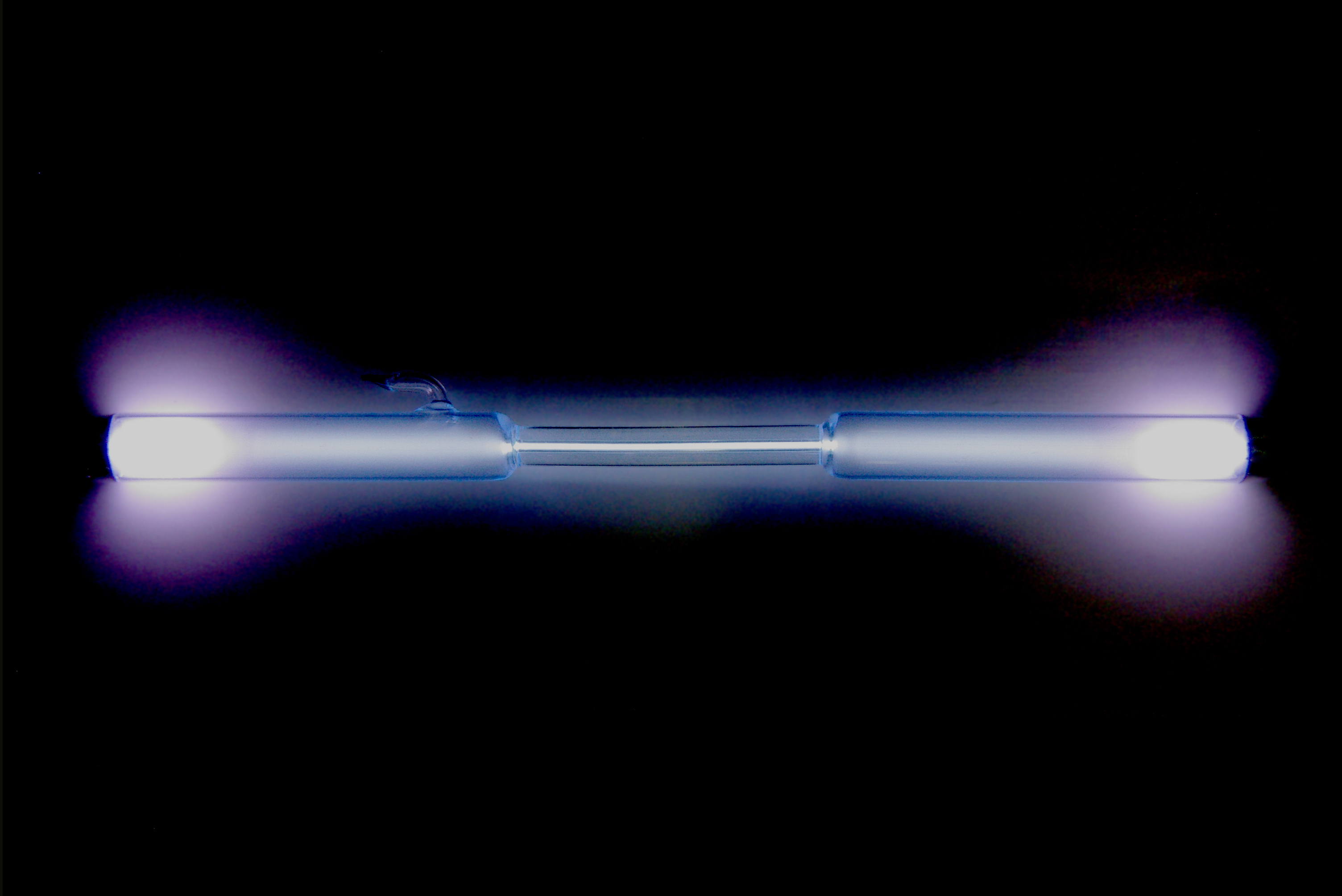
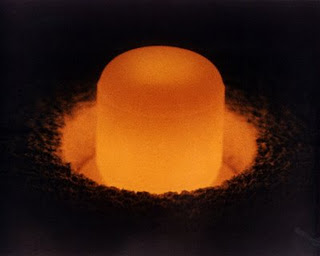
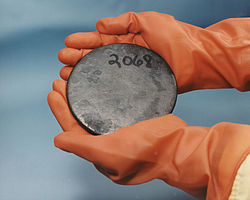
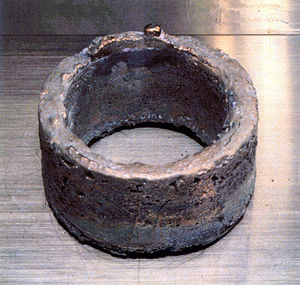

Why doesn’t this site have the decay process and some interesting facts about the subject??? I would appreciate it if these could be added, it would e very helpful.
This has been great help to my colleague and I, and we wish to show our gratitude towards your assistance.
Thanks
I really appreciate your help.Thank you very much
this was a very extraordinary article it helped me and my colleagues
Thx
This has help me a lot for my school work but I’d doesn’t involve anything about the isotope notation or the isotopes of the element. If the suggestion were to be effectively use this site would become more useful for me but on the other hand it has helped me complete over half of my assessment.
Thank you my very intelligent, fellow human